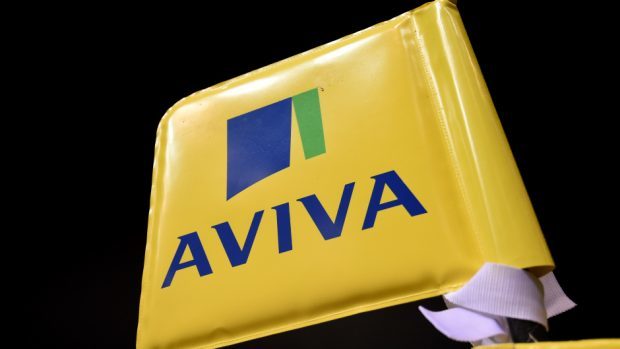A major insurer detected nearly a quarter of a million pounds worth of bogus claims every day last year.
Aviva saw a 9.5% year-on-year jump in the number of fraudulent claims it declined in 2016, fuelled by increases in fraud detection across motor bodily injury, household and liability claims.
It declined one in 10 whiplash claims for proven or suspected fraud last year.
The insurance giant said, in total, it detected more than £85million of insurance fraud last year, or around £232,000 worth of bogus claims every day. The majority of fraud it detects is from third parties who are not its customers.
Whiplash fraud remains a major concern, Aviva said, with bodily injury frauds such as exaggerated or bogus whiplash claims continuing to account for the majority of fraud the company identifies.
The insurer said it is currently investigating more than 16,000 suspect bodily injury claims.
Organised fraud accounts for much of the new injury fraud Aviva detects. Last year the firm declined claims worth more than £25million linked to fraud rings. Aviva is currently investigating more than 3,000 suspect whiplash claims linked to organised fraud.
A growing trend in bogus household claims stems from “serial claimants” fraudsters who make multiple claims, often for the same item, by purchasing dozens of home insurance policies using different aliases.
Policies are taken out with the sole aim of making fraudulent claims. Aviva said, although these scams are still rare, it now detects more than six of them every month.
The most common fraudulent household claims were for accidental damage, theft and accidental loss. The average value of fraudulent household claim was £1,315, with values ranging from as little as £25 up to £83,560.
Aviva said a large number of relatively low value claims indicates that fraudsters believe insurers will not scrutinise low-value fraud.
Liability claims, made against an employer’s liability or public liability policy is also an issue. Aviva has more than 1,000 suspect liability claims under investigation.
The insurer said as the industry works together to clamp down on “crash-for-cash” vehicle collisions staged by criminals, it is believed that fraudsters are now moving into new areas and making bogus public and employer liability claims.
Tom Gardiner, head of fraud at Aviva, said: “We vigorously defend our customers against fraudulent claims, even where it is not economic to do so, and will prosecute those people making fraudulent claims wherever possible.”
